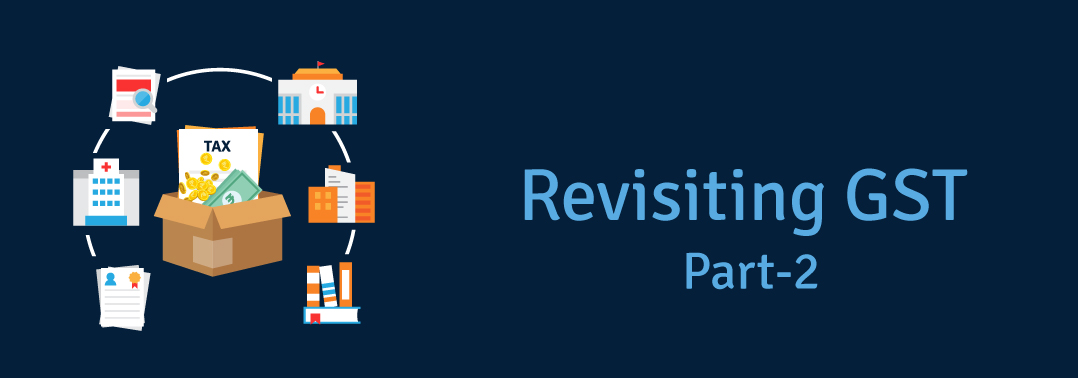Tax on under-construction property is another case similar to restaurants. While the tax rate here is 12%, the effective outgo would be lower, as builders should pass on the tax credit received on input material. However, builders have not passed on the benefit; and therefore, buyers prefer buying resale properties, which do not attract this tax. The Council is actively considering levying a flat 5% tax, without any input tax benefit.
To reduce the hassles of maintaining records and filing returns for small entities in the manufacturing industry, the Council has increased the minimum turnover limit eligible for the composition scheme. As per this scheme, a business entity does not need to maintain (or file) detailed entries; and can just pay a fixed rate of tax, currently 2%, if its turnover is below the threshold. However, in that case, the business cannot collect tax from its buyers, nor can it claim input tax credit.
The current threshold stands at INR 1.5 crore, revised upward from INR 75 lakh earlier. While the scheme is not available for suppliers, the next Council meeting is expected to take up this proposal. The scheme has drawn attention as a convenient and hassle-free option; and almost 20% of the registered businesses have opted for it.
However, from a tax collection perspective, the tax rate may need to be increased, as the tax mobilization through the scheme is very low. As per data released by the Press Information Bureau (PIB), GST collected through the scheme was just INR 580 crore in April’18, against a total collection of over INR 1 lakh crore.
GST also has an arrangement called reverse-charge mechanism. applicable when the seller is not liable to collect tax (as mentioned in the case above), or if the seller is not a registered entity. In that case, the buyer has to pay tax through this mechanism. To help the economy get used adequately to the taxation, the tax has been postponed to Sept’19 (from Oct’18).
Other than the operational issues, the Council has also taken an important decision of taking control of GSTN (GST Network). GSTN is the IT backbone, which stores the data of all registered entities; and through which, all tax payments and returns filing are done. GSTN was earlier registered as a private limited company in which the government had partial stake. The change was felt necessary, considering the sensitive nature of task being handled by it.
GST has, indeed, made substantial progress towards the objective of formalization. Other than about 65 lakh businesses, which migrated from the earlier indirect tax regime, another nearly 50 lakh entities have registered for GST, implying significant increase in formalization. While there is a chance that these entities have registered only as a legal requirement—and are not making any significant contribution to the revenue—yet, it is an important development.
Despite the substantial rate cuts, GST collection has moved up from an average of about INR 90,000 crore in FY ’18 to over INR 96,000 crore in the current financial year, so far. The revenue collection has exceeded the projections (based on earlier collection pattern) for many of the states.
However, some important issues are still pending. One of these is bringing petroleum products under the purview of GST. Since the government derives substantial revenue from oil taxes, it would be interesting to see at what rate slab these products are brought in. Another issue relates to maintaining and filing returns.
To conclude, despite all the changes, the system still has inadequacies; and may need some more tweaking to stabilize.
[Note: The objective of this post is to provide elementary information about GST, primarily to beginners. A business entity must consult a GST practitioner to understand the fine prints on actual compliance requirements]
Ashish Agrawal
Founder, India Business Analysis | IIT Roorkee, IIM-C alumnus





















































